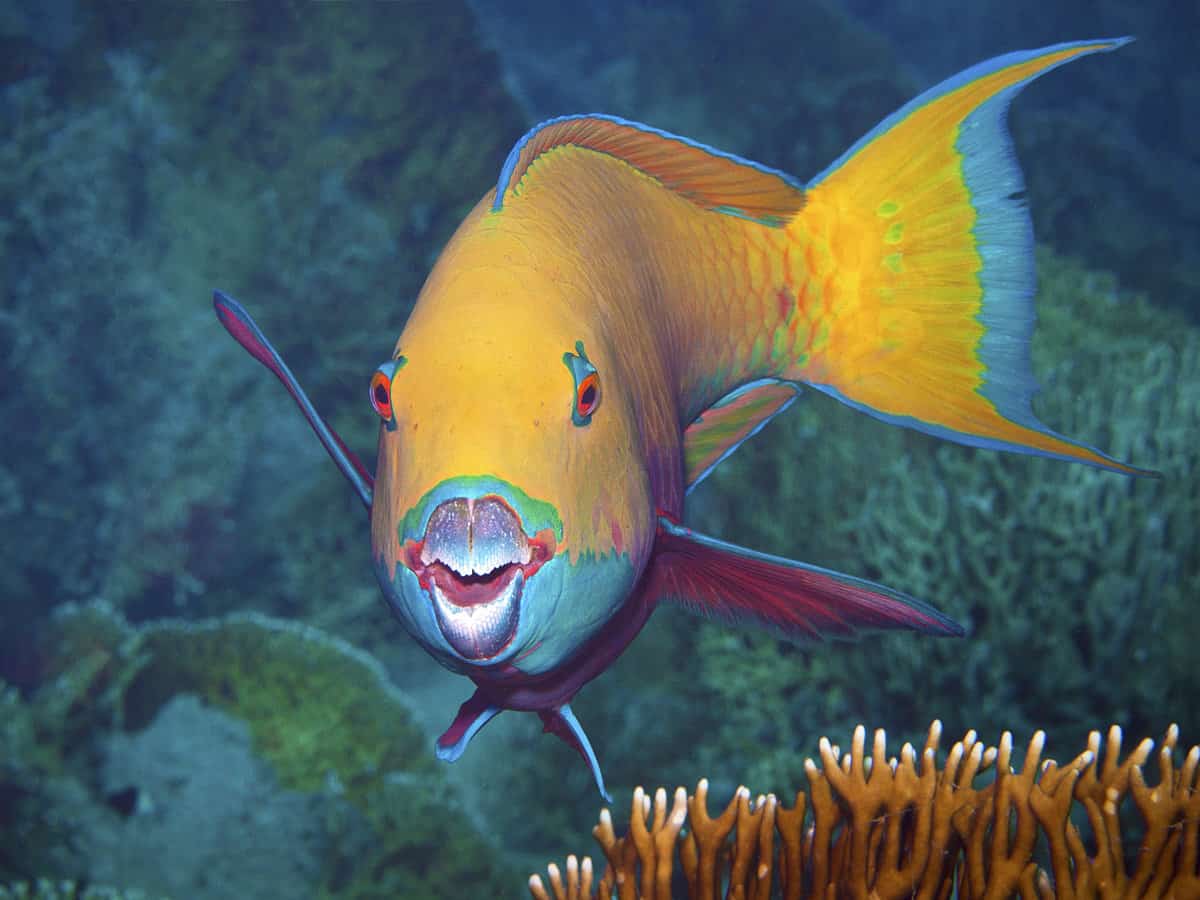Case Study: Understanding the emerging seafood safety hazard of Ciguatera Poisoning
October 2021
Ciguatera (sig-wah-TARE-ah) poisoning is not a food safety threat most New Zealanders would be familiar with, but it is the most common non-microbial food borne illness in the world and poses a significant global public health concern.
Ciguatera poisoning, or CP, is present in circumtropical waters around the world and is particularly prolific in the South Pacific Ocean, significantly affecting our neighbours in Australia and our Pacific whānau who rely heavily on their reef systems for sustenance and trade. Although death from CP is very rare, it causes serious and life-threatening illness and there is no known cure for the condition.
The toxins which cause CP are produced by a microalgae genus called Gambierdiscus, and although it has not yet been detected in New Zealand, the future effects of climate change will likely contribute to the geographical spread of this poisoning syndrome into what are currently sub-tropical and temperate areas. It is therefore important that New Zealand’s seafood safety researchers understand this emerging threat and are prepared to respond when it arrives in Aotearoa.
Seafood safety researchers at Nelson’s Cawthron Institute have been leading CP research in New Zealand for almost a decade, some of which has been supported by MBIE’s Strategic Science Investment Fund via the Seafood Safety Research Platform. Cawthron Institute leads the platform in partnership with researchers from AgResearch, Plant & Food Research, and the Institute for Environmental Science & Research (ESR). It is a collaborative national research programme that aims to understand, predict and control seafood safety threats, with CP definitely being on the radar.
“A major part of the research platform’s remit involves being ahead of emerging threats,” said platform co-leader Dr Tim Harwood.
“We aim to contribute to the excellent scientific research happening worldwide to understand CP and help minimise the food safety risk it poses.”

Image: The microalgae Gambierdiscus which is responsible for producing toxins that cause Ciguatera poisoning.

Image: Reef fish like this parrotfish are often contaminated with CP as they graze on smaller fish and animals that have consumed the gambierdiscus microalgae.
The research platform has contributed to the global fight against CP by partially funding the PhD research of Cawthron scientist Sam Murray (ca. $185k), with additional support for his studies coming in the form of a PhD scholarship from the New Zealand Food Safety Science and Research Centre ($120k) and a Cawthron Institute Internal Investment Funding grant (ca. $250k).
Current thinking is that CP is caused by a class of toxins known as ciguatoxins, which are produced by only two rarely found species of Gambierdiscus, which means the number of intoxications worldwide do not match the number of known ciguatoxin producing species. Sam says there are clearly large gaps in the scientific knowledge that need to be filled in order to understand the full suite of toxic compounds responsible for causing CP.
“My research has been focused on discovering some of these compounds produced by Gambierdiscus species, understanding their toxicity and determining if they could play a role in intoxication events”.
“I have also been investigating a potential biomarker compound that could be used for the early detection of toxic Gambierdiscus blooms, which could help the development of management and mitigation strategies.”
For the past six years Sam has been collecting research samples from around the Pacific and analysing them in Cawthron’s Nelson laboratories hoping to fill in some of these critical knowledge gaps in the science that supports our understanding of CP.
“We’re also very eager to understand whether the novel toxic compounds that I discovered through the course of my PhD studies bioaccumulate in the marine food web and pose a risk to human health.”
The impact of this world-leading science is clear – New Zealand is preparing to respond to an emerging threat, enhancing the scientific knowledge of CP, contributing to global efforts to protect public health, and assisting our Pacific Island whānau to better understand a current and serious food safety risk that they are not themselves equipped to respond to.
